4 October 2025
Ever walked into a Montessori classroom and felt like it just flows? Kids are moving around, choosing activities, cleaning up after themselves, and treating each other with respect—without getting constant directions from an adult. Sounds a bit too good to be true, right?
Here’s the magic sauce: choice. Not just any choice, but meaningful, age-appropriate, guided choice. Montessori education isn’t about letting children run wild or do whatever they want. Instead, it’s about giving children the power to make decisions—and learn from them. It's about growing capable, confident, and independent thinkers.
So, grab a cup of coffee, sit back, and let’s dive into just how powerful this idea is and why it works so well in a Montessori setting.
Why Choice Matters in Early Childhood
Let’s start with this: how do you feel when someone constantly tells you what to do, when to do it, and how to do it?Chances are… not great. Now imagine being a child, where your whole day is often scheduled and controlled by adults. You’re being told when to eat, sleep, play, and even use the bathroom.
That’s why choice is empowering. It gives children the message: “I trust you. You are capable. You can think for yourself.”
Montessori builds this idea into the core of the classroom. From the moment a child walks into a Montessori environment, they’re offered choices: What activity would you like to work on? Who would you like to sit with? What will you eat for snack?
These aren’t random choices, though—they’re curated, meaningful, and age-appropriate. And over time, they help kids hone decision-making skills that last a lifetime.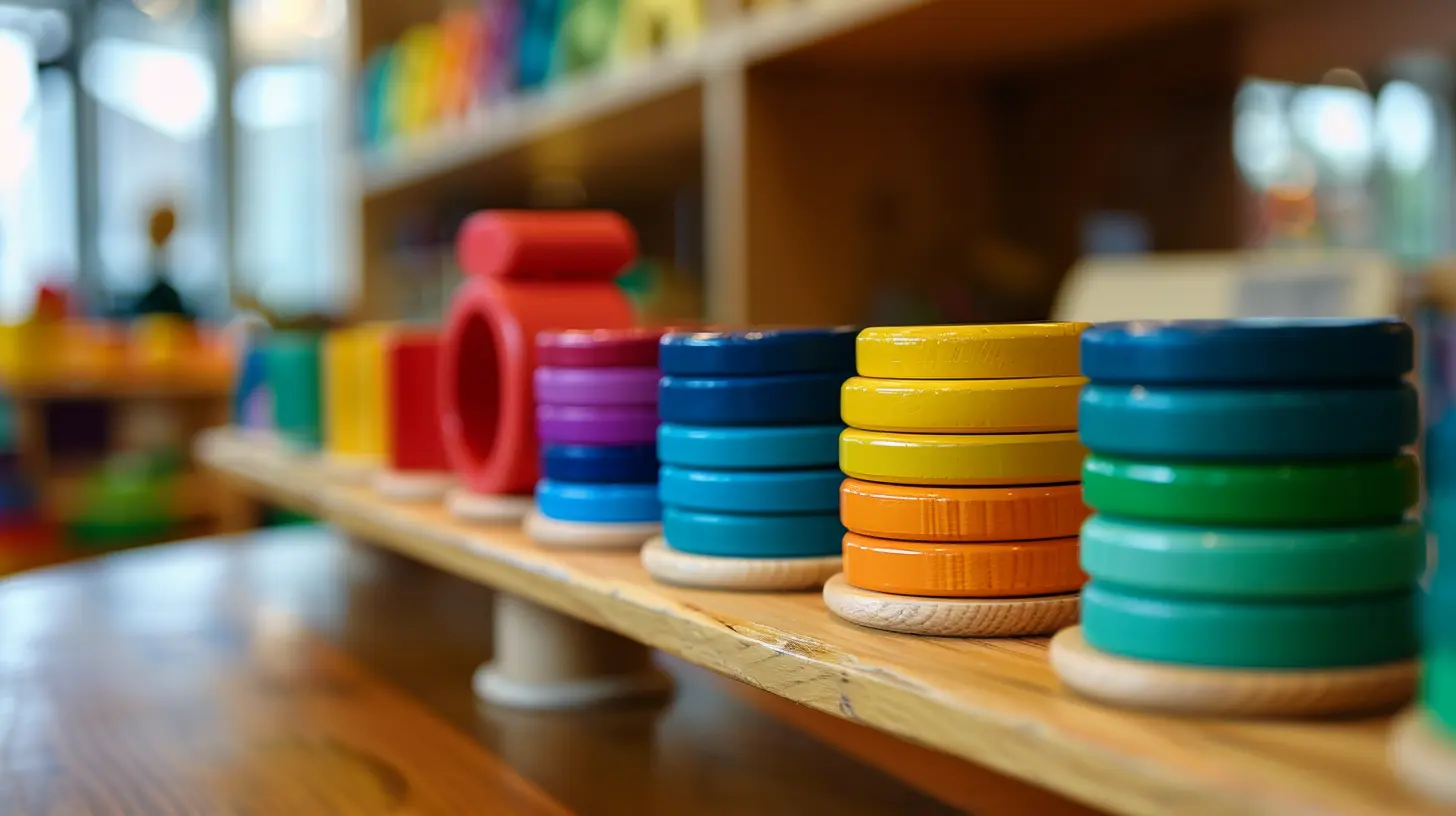
The Psychology Behind Empowering Children
Let’s get a little nerdy for a second and pull back the curtain on the brain.Psychologists and neuroscientists have shown that when kids are allowed to make choices, they engage more deeply in learning. Their brains light up with motivation. Why? Because choice activates the prefrontal cortex, the part of the brain responsible for planning, focus, self-control, and decision-making.
In other words, decision-making is like a muscle. The more it’s used, the stronger it gets.
Montessori education trains this muscle early. Children aren’t just absorbing facts—they’re practicing life. Every decision, big or small, is a stepping stone toward becoming a capable adult.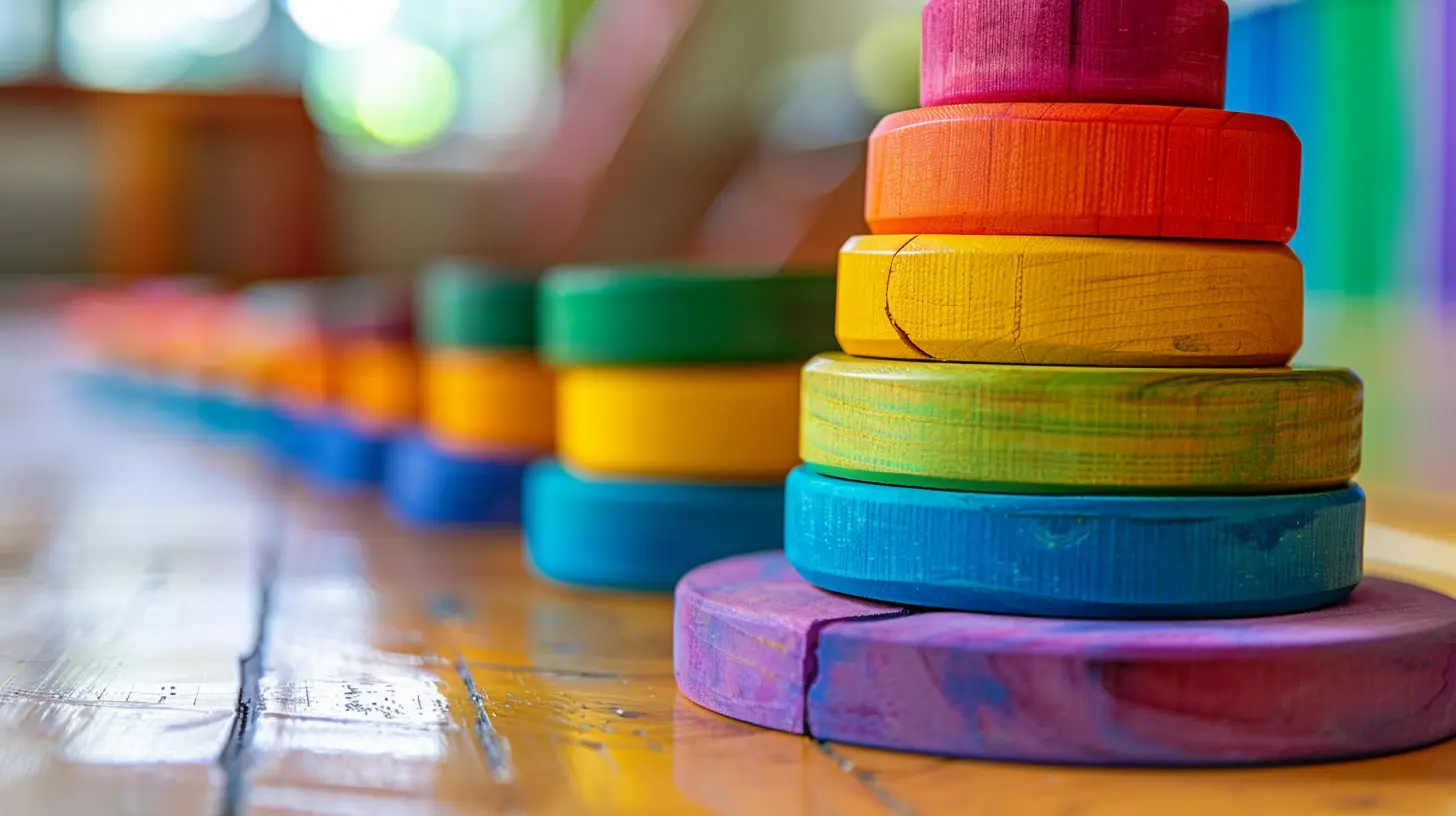
Choice in Action: Inside the Montessori Classroom
Okay, so what does this look like in real life? Let’s walk through a day in a typical Montessori Primary (ages 3–6) classroom.1. Freedom Within Limits
Montessori isn’t a free-for-all. Kids can’t just go wild with glitter glue or toss blocks around because they “felt like it.” Every choice happens within a carefully prepared environment.Teachers (more accurately called guides) set up materials that are developmentally appropriate, engaging, and self-correcting. Children choose what work to do, when, and how long to do it—but all within these thoughtful boundaries.
It’s like a buffet of learning. Plenty of options, but all healthy, all curated.
2. Self-Directed Work Time
Say a 4-year-old walks over and picks the Pink Tower. That’s her choice, her interest. No one told her what to choose, but the guide made sure that the option was available, clean, complete, and ready to be used.She’s practicing visual discrimination, concentration, and motor skills—all because she chose that activity. And guess what? She’ll likely stay engaged longer and feel prouder of her work because the motivation came from within.
3. Practical Life and Real Choices
Montessori classrooms shine in an area called “Practical Life.” Here, children learn real-world skills: pouring water, tying shoes, setting a table, washing dishes. Yes, you read that right—preschoolers washing dishes because they want to.And in each of these activities, there’s a built-in moment of choice. Which cloth will you use? Which spoon gets polished next? When will you water the plants?
These choices seem small, but they build independence, confidence, and responsibility brick by brick.
Developing Confidence Through Failure
Now let’s talk about something that makes a lot of adults squirm: letting kids make mistakes.Montessori embraces failure—in a good way. If a child stacks the Pink Tower incorrectly, it might fall. If they pour water too fast, it spills. But here’s the magic: the materials are self-correcting. The child sees the result, figures out what went wrong, and tries again.
That’s decision-making and problem-solving. And isn’t that what we all want for our kids?
In many traditional classrooms, failure is penalized. In Montessori, it’s a teacher. Kids learn that mistakes aren’t scary; they’re information. They’re opportunities to reflect, adjust, and grow.
The Long-Term Benefits of Early Decision-Making
Alright, let’s fast-forward. The Montessori child has grown up and moved into elementary school, then high school, and eventually college and beyond.What do they carry with them?
- Confidence to try new things
- Ability to think critically
- Willingness to take responsibility
- Problem-solving mindset
- Self-awareness and independence
These aren’t fluffy life skills. They’re the foundation for being a successful human being—whether you’re leading a company, raising children, or navigating life’s challenges.
Making decisions—big and small—shapes who we are. And Montessori starts kids on that journey from the very beginning.
What Parents Can Do At Home
Even if your child isn’t in a Montessori school, you can absolutely borrow this philosophy. Here’s how:🌱 Offer Choices Daily
Let your child pick between two outfits. Ask which fruit they’d like for snack. Let them choose the bedtime story. It’s simple, but the impact is powerful.🙌 Embrace Mistakes
Spilled milk is a learning moment, not a crime. Help your child clean it up without scolding. Ask them what they might do differently next time.🧠 Ask Open-Ended Questions
Instead of telling your child what to do, ask guiding questions: “What do you think comes next?” or “How could we solve this together?”💡 Slow Down the Schedule
Give time for your child to make decisions. Rushing leads to adults taking over. Decision-making takes time, especially in young minds.🧹 Give Real Responsibilities
Let them help around the house. Set the table, fold laundry, water plants. These aren’t chores; they’re confidence-builders.The Montessori Mindset: Trust, Respect, and Growth
At the heart of Montessori is a deep respect for the child. Not just as a future adult, but as a capable, thinking, feeling person right now.When we give children the power to choose, we’re not giving up control—we’re planting seeds. Seeds of confidence. Seeds of resilience. Seeds of thoughtful, compassionate decision-making.
And those seeds grow into strong roots.
So whether you’re a parent, a teacher, or someone who simply cares about how kids grow—you can take this wisdom with you. Empower the children around you. Give them the gift of choice.
You’ll be amazed at what they do with it.
Final Thoughts: The Long Game of Empowerment
Let’s be real—decision-making isn’t always perfect. Kids will make funny, messy, or just plain baffling choices. But isn’t that kind of the point?Montessori doesn’t aim for perfection. It aims for growth.
It’s about trusting the process. Trusting the child. Trusting that even the smallest decisions today are shaping the leaders, thinkers, and peacemakers of tomorrow.
So the next time a child asks, “Can I choose?”, smile and say, “Yes.”
Because choice is more than a moment—it’s the path to empowerment.

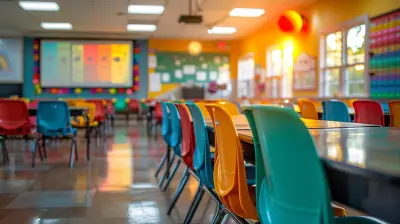

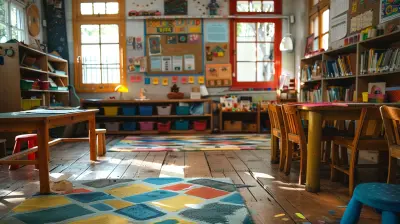
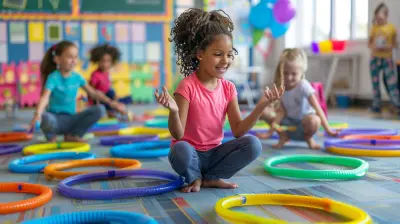

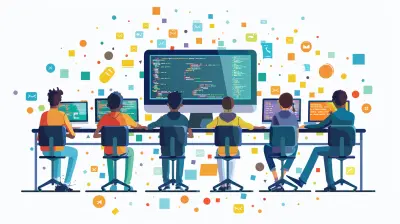

Finley Brown
Empowering kids through choices fosters independence!
November 4, 2025 at 11:24 AM